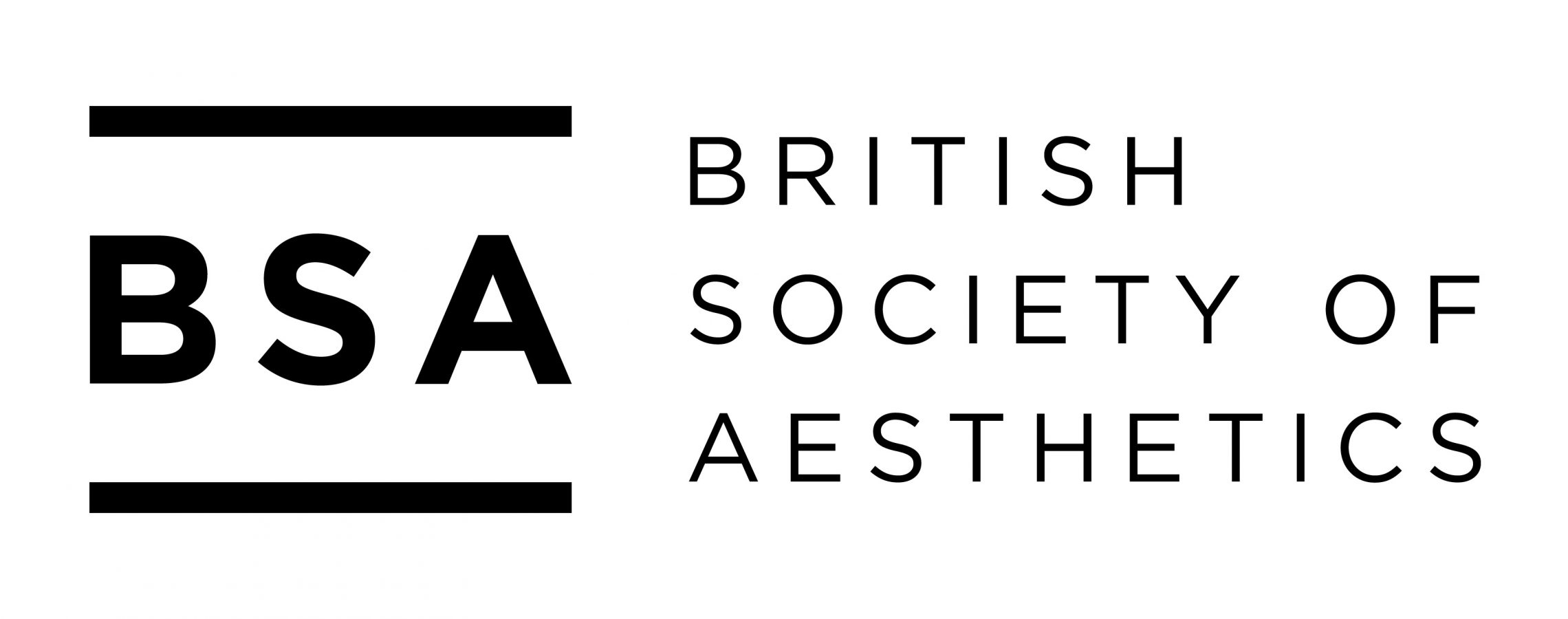Tuesday July 19, 2022: 10:00 am PDT
Panel on The Political Power of Visual Art: Liberty, Solidarity, and Rights, by Daniel Herwitz
Presenter: Daniel Herwitz (University of Michigan Frederick G. L. Huetwell Professor of Comparative Literature, History of Art, Philosophy and Art & Design)
Chair: Peg Brand Weiser (University of Arizona Philosophy; Gender & Women’s Studies)
Respondents:
- Antonia Hofstätter (University of Warwick School of Modern Languages and Cultures)
- Ritwik Agrawal (University of Arizona Philosophy and Program in Cognitive Science)
- John Frohnmayer (Independent Scholar, former National Endowment for the Arts (NEA) Chair from 1989-92; author of Leaving Town Alive: Confessions of an Art Warrior, 1993)
Registration: To register, please email ritwikag@arizona.edu. The Zoom link will be sent via private message to the registered participants and on the day will give access to the Zoom room only to registered accounts.
Abstract: This panel will discuss the 2021 book by Daniel Herwitz—The Political Power of Visual Art: Liberty, Solidarity, and Rights (Bloomsbury 2021)—about which the author offers an overview:
Visual art has a ubiquitous political cast today. But which politics? While political values are assumed, indeed trumpeted to the point where they are meant to follow automatically (if not magically) from the contemporary visual art object, the many and various things meant by politics are seldom unpacked and evaluated. Drawing on a wide berth of examples, from the NEA 4 and the question of offense-as-dissent, to M.F. Husain and the Hindu nationalist Indian right wing, from humanitarian art to peri-urban photography posed in relation to radical politics, from the work of William Kentridge (drenched in war, violence and race) to the artworld immolations of Banksy—this book seeks case by case clarity on what is meant by politics, and how to evaluate its presumption or aspiration. The book therein raises Hegelian questions about the capacity of the visual medium to “speak” politically or acquire political agency while respecting the importance of the political voice.
It is important to think directly about visual art in relation to political capacity not only because this is central to the artworld today. But also because much of the history of analytical aesthetics has collapsed political questions into moral ones. While politics and morals are related in all kinds of ways, they are not at all identical.
What is new in this book also derives from its genealogical component, which seeks to understand art practices today in the light of two opposing inheritances: that of the avant-gardes and their politicization of the experimental art object, and of Eighteenth century aesthetics, which frames aesthetic experience as radically autonomous from the rest of life (therefore apolitical), and celebrates this encomium of aesthetic experience as an icon of free choice, therefore of individual liberty. I show how this pair of legacies is crucial to understanding the tensions in voice and character of contemporary art.
Respondents will focus on specific topics:
Antonia Hofstätter: Visual Art and Identity. I will focus on a specific aspect of a constellation which seems of particular concern in the political landscape of today: the relationship between visual art and identity. In his chapter on “Identity Politics in a Consumerist World,” Herwitz formulates the task to ‘rescue identity politics from its consumerist ills, so as to discover again the genuine emancipatory role of identity politics’ (Herwitz 2021: 141). I will explore what might be at stake in such a rescue attempt. Drawing on the work of T.W. Adorno, I will problematize the relationship between consumerism and identity politics and then explore the potential contribution visual art might make to an emancipatory politics of identity.
Ritwik Agrawal, Aura, Stardom, and (Political) Cinema. I will focus on Herwitz’ analysis of the aesthetics and politics of film. In his chapter on “Film, the Individual, and the Collective,” Herwitz critically examines the deliberate construction of aura in film using distinctively cinematic devices such as camera angles, close ups, and film editing. Herwitz argues, contrary to the influential thesis of Walter Benjamin that the aura of the art object is lost in the age of reproducibility, that film-making allows the construction of aura even within conditions of mass reproducibility. In particular, Herwitz identifies the creation of aura, whether around a person or a place (among the examples he cites are Grace Kelly and John Ford’s rendition of Monument Valley) as a stand-out feature of Hollywood style film making and political propaganda films of the 1930s (e.g., the films of Leni Riefenstahl).
John Frohnmayer, The First Amendment and the NEA. The NEA funds thousands of grants per year. Most are totally uplifting and unobjectionable to all by the most ideological. As to those that might offend, as long as they are artistically excellent (and there is always lots of room for disagreement here), they are worthy, and if the particular work offends you, thank democracy.
Herwitz’s “general rule” that the less offense the better misses the point entirely. According to our procedures, any grant application that has made it through the panels, the National Council and the Chair has, by definition “artistic excellence.” (This is also why, under the Supreme Court’s jurisprudence of Miller v California and its progeny, it cannot be obscene). Whether it might offend somebody shouldn’t be part of the equation.
The more interesting and compelling questions, which I hope we can discuss are:
- How can the arts help our society begin again to listen to each other?
- In a democracy where the people own the government, is support of the arts an obligation?
- What are the civic virtues the arts bring to the table?
- Since art is inherently political, how can that power be best used in the cause of beauty and freedom?
